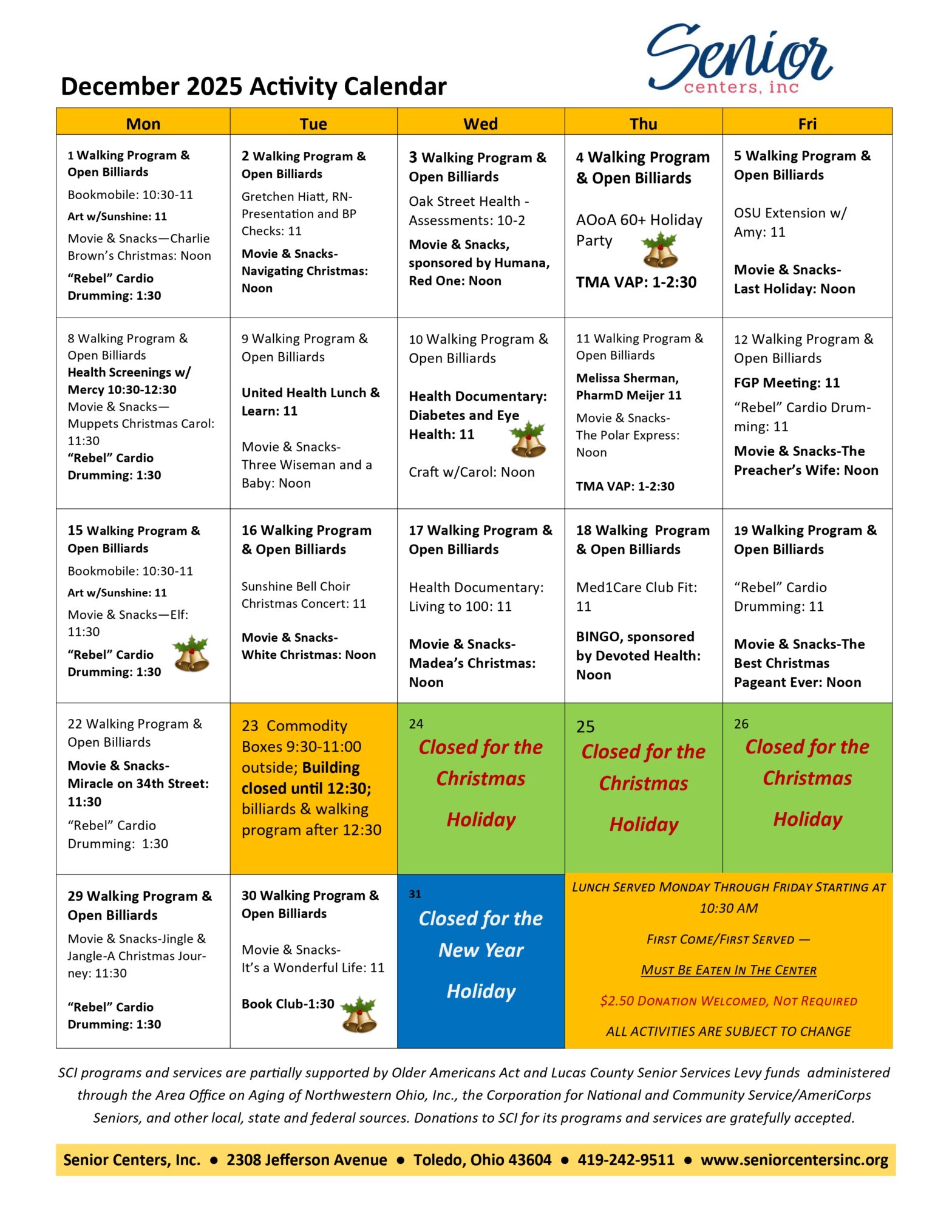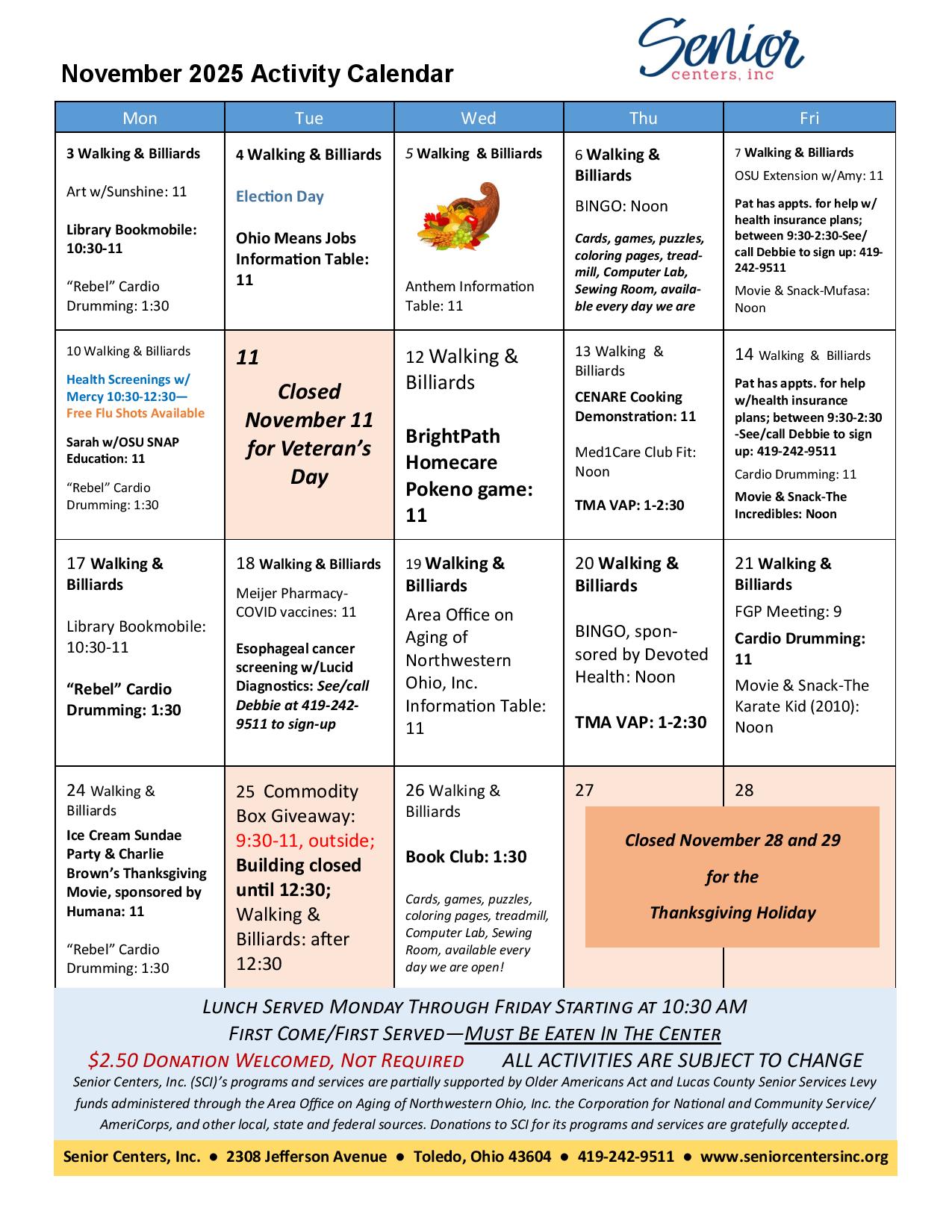Suicide and the Elderly
Suicide by older adults is more common than we think. Every suicide is a tragedy, and to some degree a mystery. Suicide often stems from a deep feeling of hopelessness. The inability to see solutions to problems or to cope with challenging life circumstances may lead people to see taking their own lives as the only solution to what is really a temporary situation. Most survivors of suicide attempts go on to live full, rewarding lives. (Psychology Today). The U.S. Centers for Disease Control show that the highest suicide rate in America is among people ages 45 to 64. There were more than 232,000 recognized suicides in this age group between 1999 and 2016. Older adults accounted for more than 18.2% of suicide deaths in 2016, and the suicide rate among males 75 years of age and older is nearly double the rate of any other age group.
Recognizing when someone may be at risk
There are several risk factors that we need to be aware of to help people at risk. Depression is one of the top risk factors, especially if left untreated. Other risk factors include, but are not limited to:
- Anxiety
- Prior suicide attempts
- Feelings of hopelessness, of being trapped, or of having no reason to live
- Social isolation or withdrawing from others
- Medical conditions that limit functioning, cause pain, or cause a decrease in life expectancy
- Sleeping too much or too little
- Displaying extreme mood swings
- Talking about being a burden to others
- Talking about wanting to die or to kill oneself
If you are aware of someone who is at immediate risk, do not leave the person alone. If it is possible to do so without getting hurt, remove any lethal means the person is looking to use. If the person is in immediate danger of hurting himself or herself, call 911 or the National Suicide Prevention Lifeline number, 1-800-273-8255 (TALK). Preventing and reducing the risk factors is key. It is very important to have a depression screening completed by the physician or a qualified mental health professional. Along with the screening, there are ways to help improve self-worth and improve resilience. Here are some examples of ways to begin the process:
- Focus on and enhance the abilities and independent functioning capabilities
- Address social isolation and provide social opportunities
- Reassure the person that their existence is meaningful and appreciated
- Foster the emotional well-being of the person by creating a safe environment
- Promote communication, respect, engagement, and a sense of belonging
Taking Care of Emotional and Physical Health
Invite the older adult to participate in activities and programs that offer a sense of purpose and meaning. It is best to offer a variety of activities that help to build self-esteem, social skills, spirituality, physical abilities, and the skills needed to cope and adapt to change. There are several ways to improve the quality of life for an older adult and to improve his or her physical and emotional health.
- Get a complete physical that includes a depression screening
- Treat any medical needs – physical or mental
- Look at the living environment: is it friendly and safe for the person
- Help the person feel useful and needed
- Encourage regularly physical activity as tolerated
- Keep the person mentally active
- Help the person stay connected socially to family, friends, and their community
- Help ensure that the person has proper nutrition and hydration
- Help ensure that the person gets enough sleep and is well-rested
Activities to help promote emotional and physical well-being are limitless. Find out what the person enjoys, listen to their stories and ask questions. Let them feel needed, for example, by having them help with meal preparation, or with folding laundry. Suggest that volunteering or joining a hobby group as a way to help increase socialization. This article is intended to bring awareness to suicide by older adults. If you know of anyone who may be thinking about, talking about, or planning suicide, take action by calling the National Suicide Prevention Lifeline at 1-800-273-8255 or call 911. References
www.psychologytoday.com/us/basics/suicide Older American Behavior Health Issue Brief 4: Preventing Suicide in Older Adults, available at Substance Abuse and Mental Health Service Administration, www.samhsa.gov Suicide Prevention Resource Center www.sprc.org 5 Ways to Improve the Quality of Life for Seniors, available at Daily Caring, www.dailycaring.com



